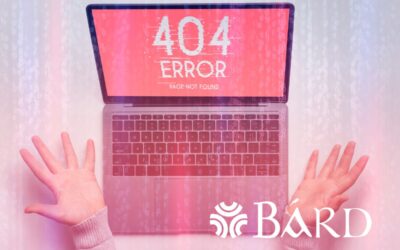When it comes to technical communication, clarity isn’t a luxury, it’s a necessity
Whether it’s API documentation, software onboarding guides, or internal SOPs, your words must do one thing above all: make complex ideas easy to understand. This is where plain language comes in.
But telling writers to simply “use plain language” isn’t always actionable. So we’ve created a checklist, consisting of 10 clear, practical, rules you can immediately apply to make your content more usable, accessible, and effective.
Why plain language matters in technical writing
Plain language doesn’t mean dumbing down your content. It means stripping away any unnecessary complexity so that readers, regardless of their technical skill, can quickly find what they need, understand it, and act on it.
Benefits include:
- Fewer support tickets
- Faster user onboarding
- Increased documentation ROI
- Improved accessibility and inclusivity
Let’s dive into the 10 rules.
The plain language checklist: 10 rules for clearer content
1. Use active voice
❌ The report was generated by the system.
✅ The system generated the report.
Active voice makes sentences shorter and easier to follow. It puts the subject and action up front, where your readers expect them.
2. Avoid nominalizations
❌ Our recommendation is the implementation of encryption.
✅ We recommend implementing encryption.
Nominalizations are verbs turned into nouns (e.g., “implementation,” “utilization,” “configuration”). They make sentences longer and more abstract. Use verbs instead.
3. Use short sentences (average: 15–20 words)
Long, winding sentences tax your reader’s memory and increase cognitive load. Break them up. One idea per sentence is a good rule of thumb.
4. Favor simple, familiar words
❌ Utilize
✅ Use
❌ Commence
✅ Start
Your readers shouldn’t need a thesaurus to understand your content. Use the simplest word that does the job.
5. Be Specific and Concrete
❌ Users may experience issues.
✅ Some users on iOS 16.2 may see a black screen when launching the app.
Vague language creates confusion. If you can name the error, the version, or the fix—do it.
6. Use bullets and lists for steps or options
Lists make information scannable and digestible. If you’re presenting a process, options, or features, use bullet points or numbered steps.
7. Stick to consistent terminology
Call the same thing by the same name throughout. If your UI says “dashboard,” don’t refer to it later as the “home panel.” Inconsistency = confusion.
8. Front-load key information
Put the most important information first. This applies at the document, paragraph, and sentence level. It respects your readers’ time and supports quick scanning.
9. Test your readability
Use tools like:
- Hemingway App – highlights complex sentences and passive voice
- Grammarly – checks tone, clarity, and correctness
- Microsoft Word’s Readability Stats – shows grade level and ease of reading
Aim for a Grade 8–10 reading level, even in technical content.
10. Read it aloud (or use text-to-speech)
If it sounds awkward, it’s probably hard to read. Reading aloud (or using a text-to-speech tool) is a great way to catch clunky sentences, repeated words, and unclear phrasing.
Bonus tip: think like your reader
Every decision, word choice, sentence structure, formatting, should be made with your reader’s needs in mind. What are they trying to accomplish? What are they likely to struggle with? What do they already know?
Clarity starts with empathy.
Apply and share the checklist
Plain language is one of the most powerful tools in a technical writer’s toolkit, and this checklist makes it easy to apply. Whether you’re writing for end users, developers, or internal teams, these 10 rules will help you cut through the noise and deliver documentation that actually works.
📌 Save this list. Share it with your team. Use it to self-edit your next draft.
Because great documentation isn’t about sounding smart—it’s about being understood.



